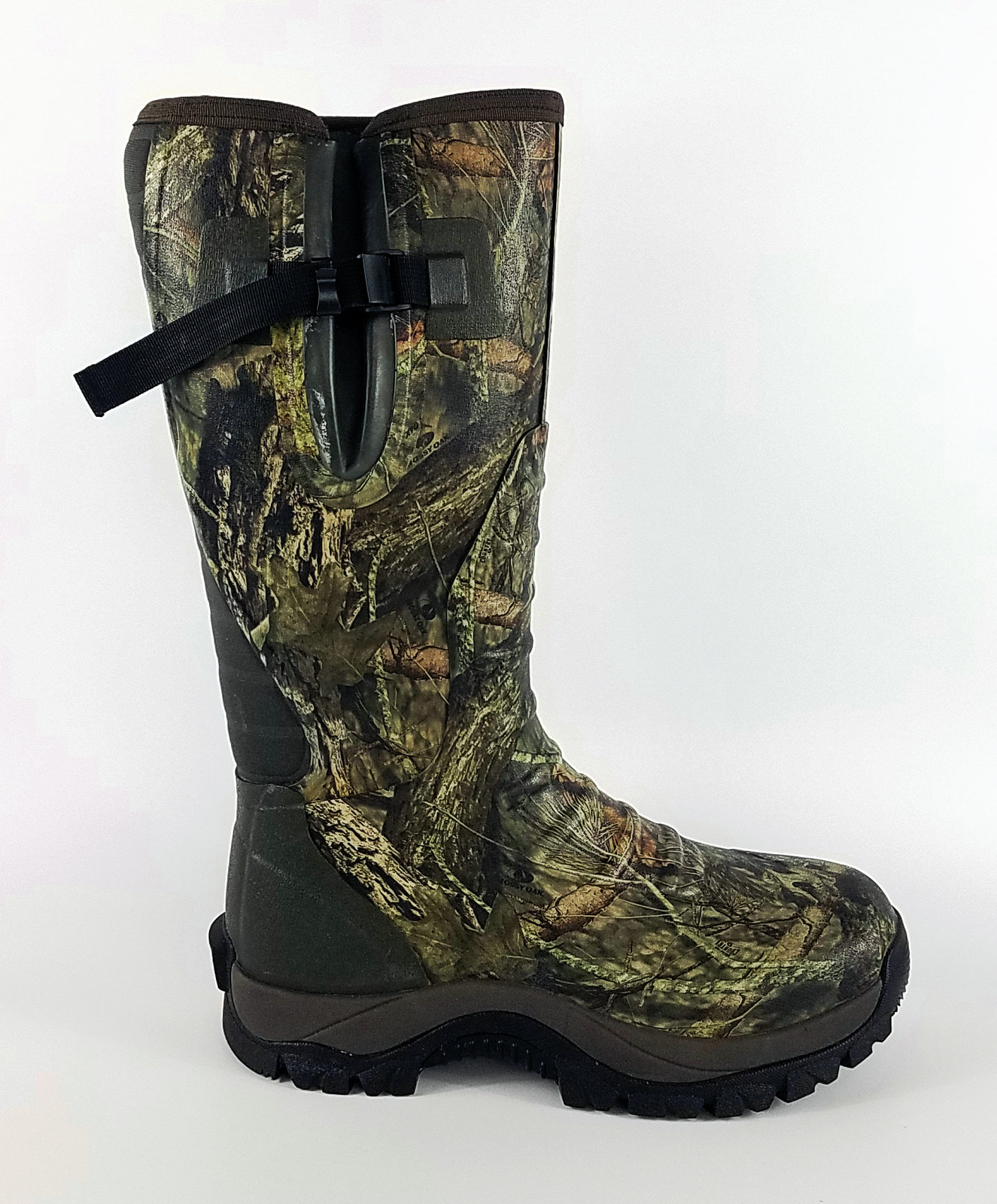The Versatility of Farm Gumboots A Practical Guide
Farm gumboots, also known as rubber boots or wellingtons, are a staple on farms and in outdoor environments. These versatile pieces of footwear are designed to protect the wearer from muddy conditions, water, and various debris while providing comfort and support during long hours spent outdoors. In this article, we'll explore the various aspects of farm gumboots, from their history and design to their practical applications and the best ways to care for them.
A Brief History
The history of gumboots can be traced back to the early 19th century when they were first designed for military use in the UK. The Duke of Wellington popularized these boots, which were initially made from leather. However, the advent of rubber in the 1850s revolutionized their design, making them more durable and waterproof. Over the years, these boots evolved into the modern farm gumboots we see today, crafted from high-quality rubber or thermoplastic rubber, making them perfect for wet and muddy conditions.
Design Features
Farm gumboots come in various designs to cater to different needs and preferences. Typically, they are knee-high or ankle-length, providing varying degrees of protection and ease of wear. Some key features of farm gumboots include
1. Waterproof Material Most gumboots are made from high-quality, waterproof materials that keep feet dry in wet conditions. 2. Slip-Resistant Sole The soles are designed with deep treads to provide excellent grip on slippery surfaces, reducing the risk of slips and falls.
3. Comfort Lining Many modern designs come with cushioned insoles and breathable linings to enhance comfort during extended use.
4. Easy to Clean Most rubber boots are easy to clean, requiring only a quick rinse after a day spent in the mud.
5. Insoles for Support Some boots incorporate removable insoles for added comfort and support, making them suitable for long hours of wear.
Practical Applications
Farm gumboots are not just for farmers; their practical applications extend to various outdoor activities
. Here are some common uses1. Farming and Agriculture Essential for anyone working on a farm, these boots help keep feet dry and protected from fertilizers, pesticides, and animal waste.
farm gumboots

2. Gardening A must-have for gardeners, farm gumboots allow them to work in wet soil without worrying about muddy shoes.
3. Fishing Anglers often use these boots to navigate through slippery banks and shallow waters while keeping their feet dry.
4. Hiking and Outdoor Adventures Lightweight and comfortable, farm gumboots are suitable for casual hikes, especially in rainy or wet conditions.
5. Personal Care They also serve as protective footwear for activities such as washing the car or cleaning up the yard, helping to keep feet clean and cozy.
Caring for Your Farm Gumboots
Proper maintenance of your farm gumboots can extend their lifespan significantly. Here are some tips for ensuring they remain in good condition
1. Regular Cleaning After each use, rinse off dirt and mud to prevent the buildup of grime. A soft brush can be used for stubborn stains.
2. Dry Properly Avoid leaving gumboots in direct sunlight or near heat sources, as this can cause the rubber to crack. Instead, dry them in a cool, shaded area.
3. Store Carefully Store gumboots upright to maintain their shape and prevent them from collapsing.
4. Check for Damage Regularly inspect the boots for any signs of wear and tear, such as cracks or holes. Early detection can help prevent further damage.
Conclusion
Farm gumboots are an essential piece of footwear for anyone who spends time outdoors, particularly in muddy or wet conditions. Their history, design features, and multifaceted applications make them a versatile choice for a wide range of activities. By properly caring for your gumboots, you can ensure they serve you well for many seasons to come. Whether you are a farmer, gardener, fisherman, or simply someone who enjoys spending time in nature, investing in a quality pair of farm gumboots is a decision you won't regret.
-
Stay Dry in Any Condition with WadersNewsJul.17,2025
-
Elite Performance with Camouflage Combat BootsNewsJul.17,2025
-
Dry and Comfortable with Green Rubber Garden ShoesNewsJul.17,2025
-
Convenient Protection with Foldable RainbootsNewsJul.17,2025
-
Comfort and Protection with Neoprene Work BootsNewsJul.17,2025
-
Brighten Rainy Days with Floral Rain BootsNewsJul.17,2025
-
Safety Wellies: The Ultimate Combination of Protection, Comfort, and VisibilityNewsJun.19,2025











